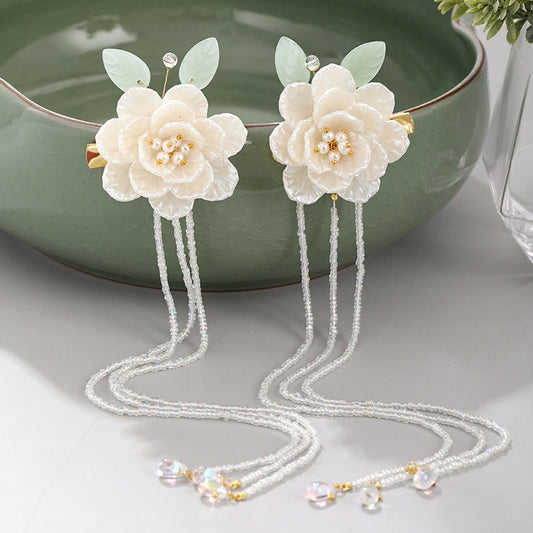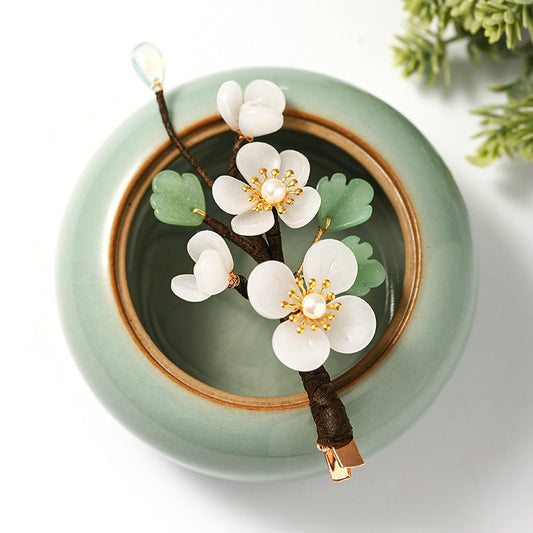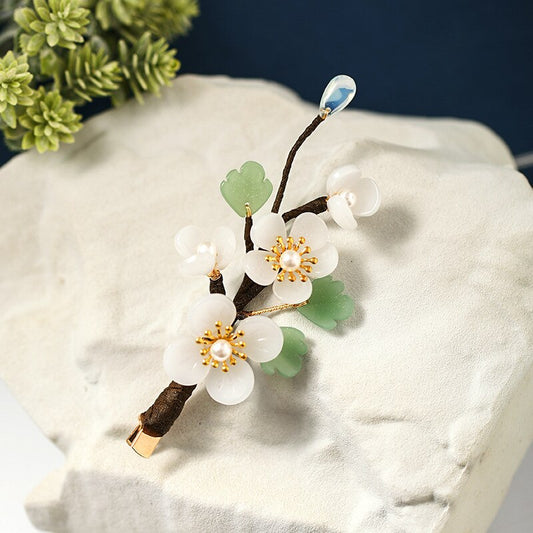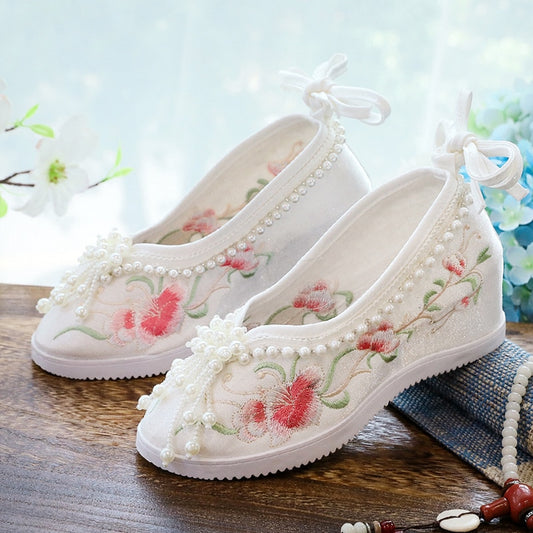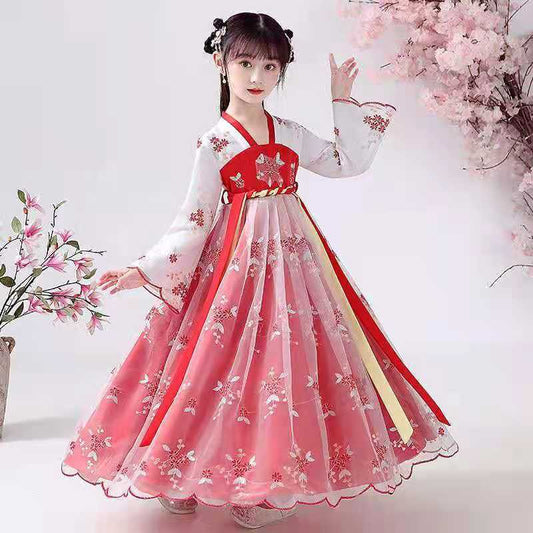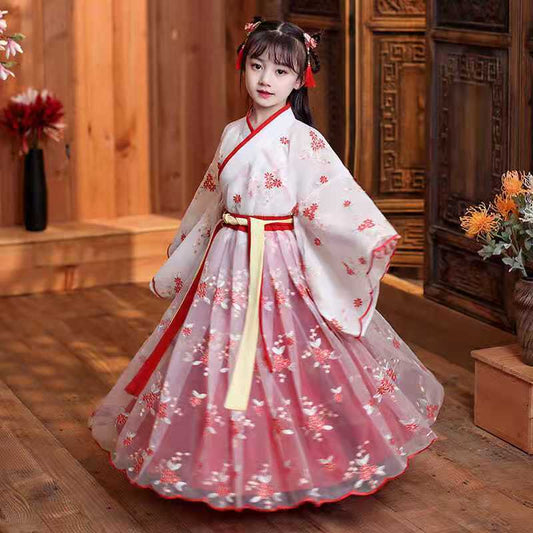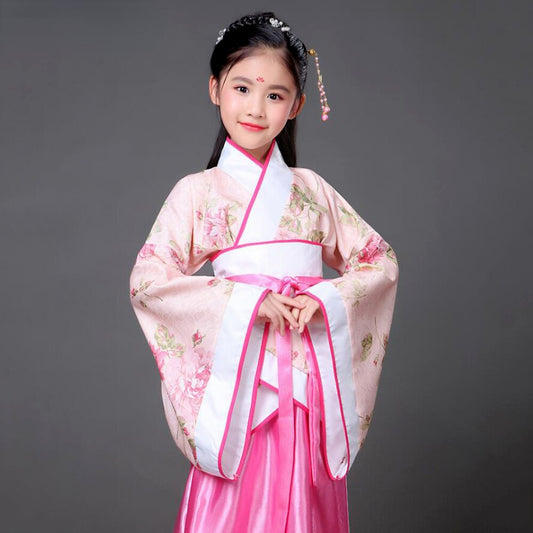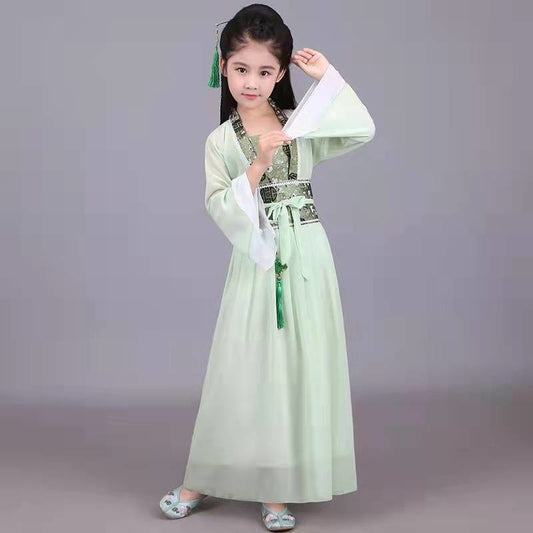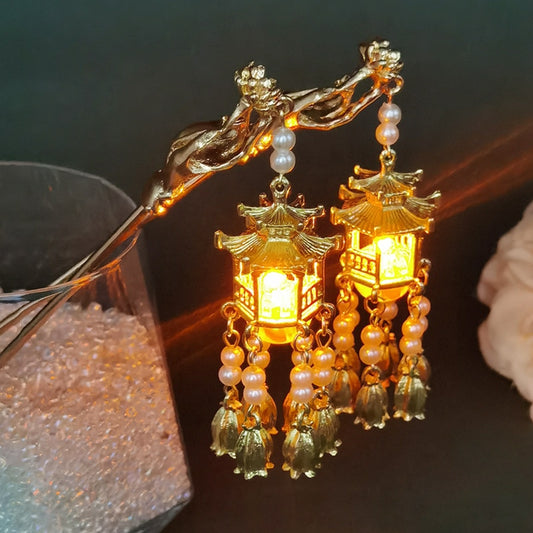The history of Hanfu dates back to the Xia Dynasty (2070 BC-1600 BC), but it was during the Han Dynasty (206 BC-220 AD) that it became the official dress of the ruling class. Hanfu was worn by both men and women, and it was characterized by its loose fit and flowing lines.
During the Tang Dynasty (618-907 AD), Hanfu went through a major change. The dress became more fitted, and sleeves became wider. It was during this time that the robe became the standard dress for men, and the skirt became the standard dress for women.
In the Song Dynasty (960-1279 AD), Hanfu became more colorful, with bright colors and intricate designs. During this time, the dress also became more elaborate, with multiple layers and accessories.
By the Ming Dynasty (1368-1644 AD), Hanfu had become more conservative. The dress was simplified, and bright colors were replaced with darker ones. During this time, the dress was worn mostly by scholars and officials.
During the Qing Dynasty (1644-1911 AD), Hanfu was replaced by the Manchu-style dress, which became the official dress of the ruling class. Hanfu continued to be worn by the common people, but it slowly fell out of fashion.
In the 20th century, Western fashion became popular in China, and Hanfu was largely forgotten. However, in recent years, there has been a resurgence of interest in Hanfu, and it has become popular once again.


